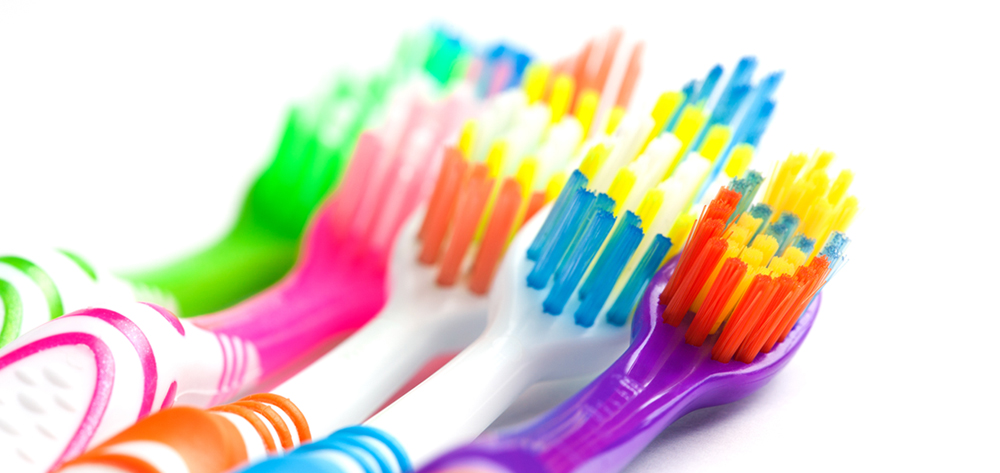Chemotherapy and radiation used to treat head and neck cancers, as well as high-dose chemotherapy given to stem-cell transplant patients, can damage the mucosa of the oral cavity and GI tract. This article discusses mucositis in the oral cavity, which can cause symptoms ranging from a slight sensation change to pain and inflammation to ulcerative bleeding lesions.
Multiple mouth lesions can lead to colonization by microbial flora, resulting in a potentially life-
threatening septic infection and prolonged hospital stays. In some cases, mucositis necessitates a treatment delay or termination, which can make cancer therapy less effective and increase the risk of residual tumor-cell proliferation. Many patients discontinue cancer treatments due to mucositis; about 60% require hospitalization for the condition, and 70% require tube feedings.
Mucositis can occur at any age. Younger patients have a higher mitotic rate and more epidermal growth factor receptors, which can increase severity of mucositis. Older patients typically have decreased renal function, which slows clearance of chemotherapy drugs and raises the risk of toxicity from high-dose cancer chemotherapy. Other risk factors for mucositis include poor nutritional status at the start of chemotherapy, a history of smoking (which can delay healing), and previous cancer treatments that caused mucositis. (See Biological phases of mucositis.)
When caring for a patient undergoing cancer treatment, your role is to ensure proper oral care; assess for mucositis signs and symptoms, such as pain, infection, dry mouth, taste changes, and poor nutrition; and use appropriate interventions.
Assessing and grading mucositis
Mucositis is graded based on lesion severity and appearance of the oral cavity. The most commonly used grading criteria are the National Cancer Institute Common Toxicity Criteria (NCI CTC) and the World Health Organization Oral Toxicity Scale. Use one of these scales daily to determine if your patient’s mucositis is improving or getting worse.
Intervention
The first step in mouth care for oral mucositis is prevention. Preferably, before cancer treatment starts, patients should undergo a baseline dental evaluation with X-rays and have cavities filled. Once treatment begins, instruct patients to brush the teeth with a soft toothbrush for 90 seconds at least twice daily and to floss at least once daily (unless the patient is thrombocytopenic). As appropriate, advise them to rinse the mouth at least four times daily with saline solution, sodium bicarbonate, or a mixture. Stress the importance of getting adequate hydration and using a water-based moisturizer to protect the lips. (See Oncology Nursing Society recommendations.)
Despite preventive measures, most patients develop NCI CTC grade 2 or 3 (moderate to severe) toxicity, depending on the extent of chemotherapy and radiation. To relieve pain from mucositis, guidelines recommend use of a patient-controlled analgesia pump with morphine, especially in stem-cell transplant patients. In other patients receiving conventional or high-dose chemotherapy, a transdermal fentanyl patch is preferred. Specifically in head and neck cancer patients who undergo radiation, 2% morphine mouth rinse is suggested, as well as 0.5% doxepin rinse.
Cryotherapy
If your patient’s receiving 5-fluorouracil bolus chemotherapy, cryotherapy with ice chips for 30 minutes can reduce severity of muco- sitis with sores. Some clinicians also recommend cryotherapy for patients receiving high-dose melphalan chemotherapy (whether or not they receive total-body irradiation when undergoing a stem-cell transplant). In cryotherapy, patients suck on ice chips 30 minutes before the chemotherapy infusion begins, as well as during and after the infusion. Ice chips constrict blood vessels in the mouth, decreasing chemotherapy effects on the oral mucosa.
Palifermin
Palifermin, a keratinocyte growth factor that stimulates epithelial-cell growth and differentiation, may be used to reduce incidence and duration of severe oral mucositis in patients receiving high-dose chemotherapy and radiation therapy who require hematopoietic stem-cell support. It’s given as an I.V. bolus injection, 60 mcg/kg/day for 3 consecutive days before and 3 consecutive days after myelotoxic therapy.
Laser therapy
Low-level laser therapy has been used to decrease severity and incidence of oral mucositis caused by chemotherapy or radiation therapy in patients with head and neck cancer. However, few medical centers offer this treatment because of the expensive equipment required.
Patient education
Teach patients about recommended preventive measures as well as what to avoid during chemotherapy or radiation treatment. (See Interventions to avoid.) Advise them not to eat acidic, salty, dry, spicy, or hot foods, as these can irritate the mucosa and worsen dry mouth.
Without proper assessment and intervention, mucositis can reduce your patient’s oral intake and cause poor nutritional status, which can hinder white blood cell recovery during immunosuppressive chemotherapy treatment. You can improve your patient’s comfort level and quality of life during cancer treatment by detecting mucositis early and providing appropriate care.
Selected references
Eilers J, Million R. Clinical update: Prevention and management of oral mucositis in patients with cancer. Semin Oncol Nurs. 2011;27(4):e1-16.
Lalla RV, Bowen J, Barasch A, et al.; Mucositis Guidelines Leadership Group of the Multinational Association of Supportive Care in Cancer and International Society of Oral Oncology (MASCC/ISOO). Clinical practice guidelines for the management of mucositis secondary to cancer therapy. Cancer. 2014; 120(10):1453-461. doi:10.1002/cncr.28592.
Oncology Nursing Society. Mucositis. www.ons.org/practice-resources/pep/mucositis. Accessed September 15, 2014.
Raber-Durlacher JE, Von Bültzingslöwen I, Logan RM, et al.; Mucositis Study Group of the Multinational Association of Supportive Care in Cancer/International Society of Oral Oncology (MASCC/ISOO). Systematic review of cytokines and growth factors for the management of oral mucositis in cancer patients. Support Care Cancer. 2013;21(1):343-55.
Rodriguez-Caballero A, Torres-Lagares D, Robles-Garcia M, et al. Cancer treatment-induced oral mucositis: a critical review. Int J Oral Maxillofac Surg. 2012;41(2):225-38.
Saunders DP, Epstein JB, Elad S, et al.; Mucositis Study Group of the Multinational
Association of Supportive Care in Cancer/International Society of Oral Oncology (MASCC/ISOO). Systematic review of antimicrobials, mucosal coating agents, anesthetics, and analgesics for the management of oral mucositis in cancer patients. Support Care Cancer. 2013;21(11):3191-207.
Caroll Tipian is a Clinical Nurse II at Memorial Sloan Kettering Cancer Center in New York, New York.


















